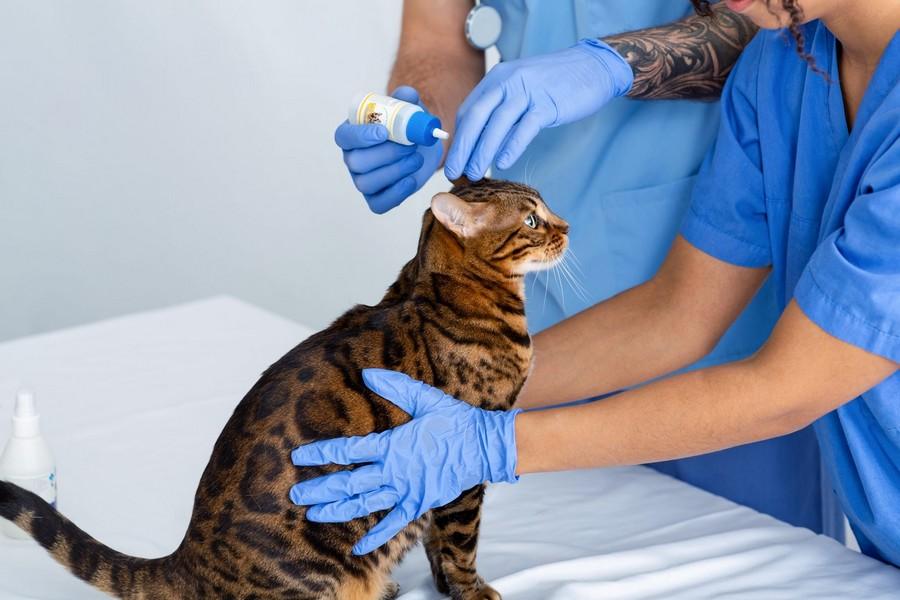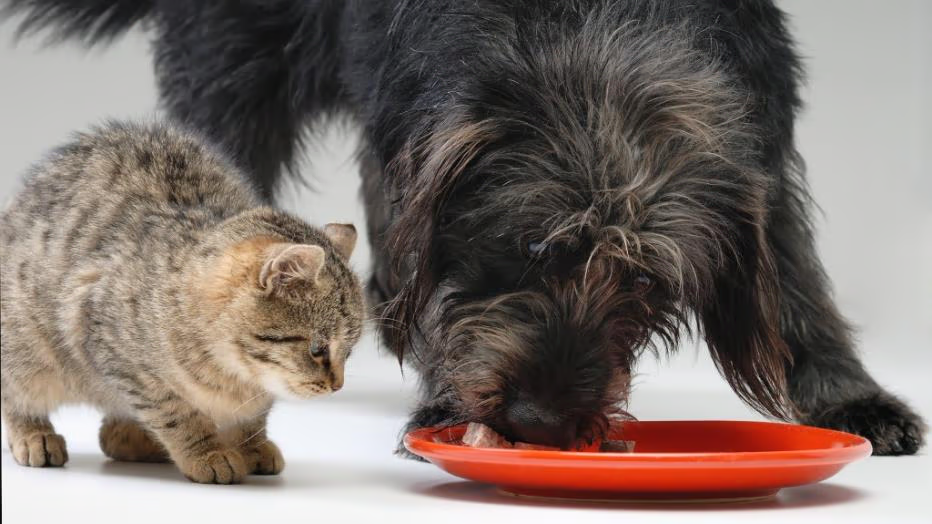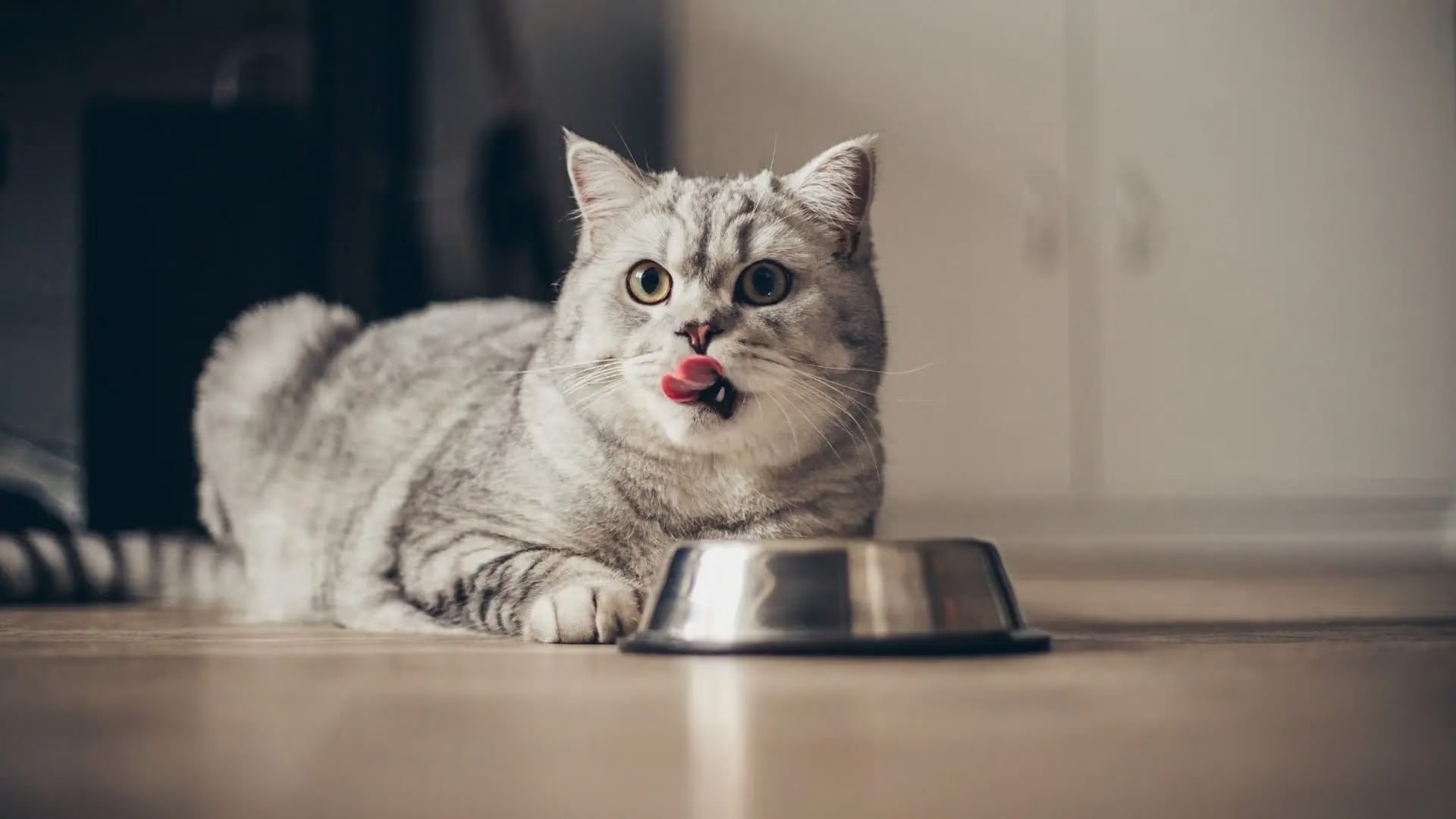Purebred cats are more likely to experience reproductive issues, heart disease, and surgical complications as compared to mixed-breed felines.
This is according to a Morris Animal Foundation-funded study, published by researchers from the University of Guelph (U of G) in Canada. To identify the difference in disease risk between purebred cats and their domestic crossbreed counterparts, the research team examined the records of approximate 550,000 cats, collected by Agria Pet Insurance Company in Sweden. The data encompassed information from insurance policies and claims, along with the cats' breed, age, and sex.
The study revealed that purebred cats, compared to domestic cross breeds, were more likely to develop diseases in most disease categories, including:
- Female reproductive issues
- Heart disease
- Complications from surgery
- Lower respiratory infections
- Immunological diseases
'This study's findings provide important insight for cat owners, veterinarians, breeders, and researchers, offering a comparative look at disease patterns in purebred cats versus mixed-breed cats,' says Barr Hadar, DVM, one of the paper's authors.
Surprisingly, though, the study found domestic crossbred cats were more likely to develop endocrine, skin, and mobility issues than purebred cats, Morris Animal Foundation reports. 'One of the potential explanations for this finding is that domestic cats might have greater access to the outdoors, leading to more injuries, skin, and locomotive issues because they're outside jumping and running around,' Dr. Hadar says.
Researchers are currently analyzing the dataset to develop predictive models with the aim of implementing them in a clinical setting to forecast the likelihood of specific diseases in cats.
'Information on feline disease frequency and risk is a valuable tool that can help guide clinical decision-making, assist in monitoring and planning of breeding programs, educate cat owners, and prioritize research,' Dr. Hadar says. 'A more granular look into specific causes of morbidity would be beneficial.'
The findings have been published in VetRecord.
You could be interested: Analysis: How Avian Flu Cases in Domestic Cats Can Impact the Manufacturing Industry






































